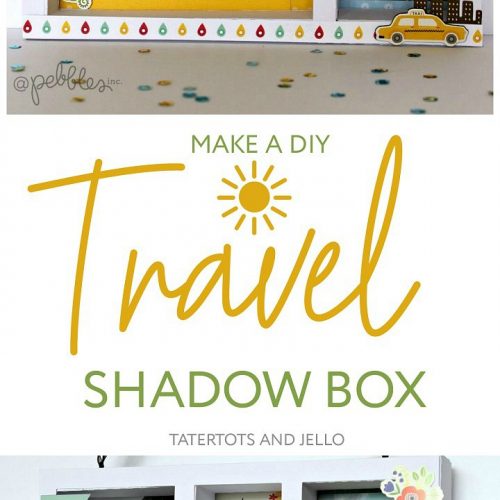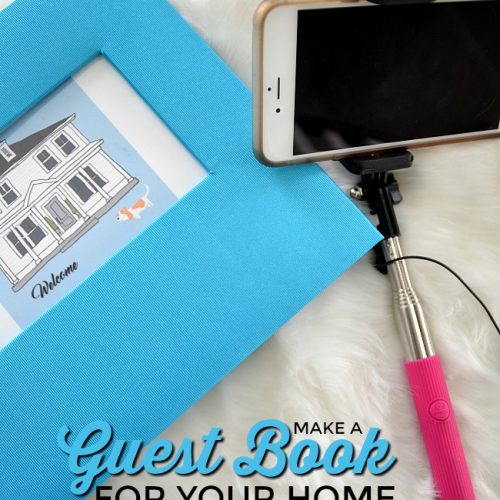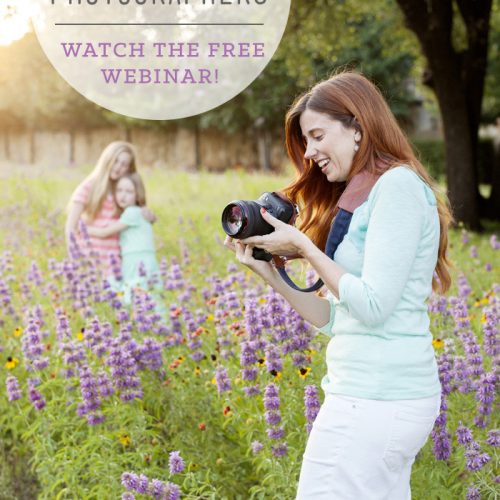If you’re looking to make “The Switch” from using your DSLR in auto mode to shooting in Manual, you’ll need to understand Exposure. (And if you’re totally happy shooting in auto, kudos to you. There is certainly no reason you need to be shooting in any mode other than what you are happy and comfortable in, unless you’re planning on taking on photography as a career. In that case, you really should know your way around exposure). Exposure: is the total amount of light allowed to fall on the photographic medium (film or sensor) during the process of taking a photograph. Whenever anyone asks me to help them learn how to shoot in manual I suggest two things: 1. Read your camera’s manual from front to back. At least three times. Until you know what every button and switch does and why. 2. Once you understand your camera, read Understanding Exposure, by Bryan Peterson. It’s the best “textbook” for learning exposure. You can find it on Amazon. I’ll do a quick review of exposure to get you started. But if you’re serious about learning to shoot in manual, do the two suggestions above, and then practice, practice, practice, and you’ll be well on your way. I thought and thought about the best way to explain exposure for this post. I came up with an analogy that may not technically be the most correct analogy, but I’m going with it anyway. Exposure is made up of three components: ISO, Aperture, and Shutter Speed. They make up the Exposure Triangle. Think of a window with sheer curtains and wooden shutters. For this analogy, we’ll imagine exposure as the light coming into the window. In the “olden days”, when you loaded actual film into a camera, when you headed to the pharmacy, you were given the option to buy 100, 200, 400, 800, etc… ISO film. That number indicated how sensitive to light your film was. Now that digital cameras don’t use film, ISO measures the sensitivity of the image sensor on your DSLR camera. For this post, think of ISO as the sheer curtain. The sheerer the curtain, the more light comes through your window, and the more sensitive your sensor is to light (high ISO – good for dark and rainy days when you need to let in more light). The thicker the curtain, the less light will come through your window (low ISO – good for bright, sunny days when you don’t want to fade your furniture). The Aperture of a lens is the diameter of the lens opening and is usually controlled by an iris. The larger the diameter of the aperture, the more light reaches the film / image sensor. In this case, aperture is how wide you open the shutters. Open them wide on dark days to let in the most light (low f/stop number, or what we call shooting “wide open”). Open them just a crack on sunny days to protect that furniture of yours (high f/stop number, or what we call shooting “closed up” ). Aperture is also what will let you hone in on a single object and allow the background and foreground to be out of focus by shooting wide open. It will also allow everything to be in focus when photographing something like a landscape by shooting closed up. Now, aperture is counter-intuitive. As the f/stop value increases, the aperture gets small, and vice versa, as the f/stop value decreases, the aperture gets larger. That can mess with your mind while you’re learning. But it’ll get easier the more you practice. Shutter Speed refers to the length of time a camera’s shutter is open. In this case the shutter speed is how quickly you open and close the shutters. Close them quickly on sunny days so you don’t let too much light in. Open them slowly on dark days to let in more light. It’s important to note that the longer your shutter is left open, the more likely you are to get a blurred image. The faster you open and close that shutter, the less likely you are to have a blurred image. A high Shutter Speed is great for sports and children. A low Shutter Speed is good for stationary objects, landscapes, etc… Play around with shutter speed to create motion. I can’t hand hold the camera and get a sharp shot under 1/80 unless I brace myself against something stationary and hold my breath while releasing the shutter. At the same time, I can’t get a sharp shot of a moving object (like a child) at under 1/200 of a second. Once you understand how each component of the exposure triangle works together, you’ll be able to adjust your settings so that they create “correct” exposure, meaning your image will neither be over or under exposed. Once you understand what settings do what, you can start to get creative. You’ll be able to look at the conditions for your picture and know exactly what your settings should be. Once you know that, you’re on your way to some pretty spectacular creativity.
For my final post next week, I’ll wrap up this series by answering your questions. If you have any questions about what we’ve talked about in The Anatomy of a Snapshot or anything else you’d like to ask me, leave a comment and I’ll come back next week and leave you an answer in my post.














Thanks Wendy I have loved the series! I have about 100 questions but I will start with this one..why when I am using my camera indoors without flash do my pictures seem to have such a yellow hue? I have adjusted my shutter and aperture but they are either yellow or washed out from the flash. Any ideas? Thanks!
Wonderful post! Hopefully this will help lots of photographer wannabes have an "aha" moment. I know it took me tons of time to figure out exposure. And believe me! I still struggle with it in more difficult lighting situations. 🙂
Jen, I know you have a ton going on… just wanted to let you know that I am giving you a "Versatile Blogger Award". 🙂 You are the kindest, and most awesome blogger! Don't worry about trying to do any "reciprocating"… just thought you deserved to know that you are the BEST! 🙂 And hoping that maybe a few of my newer readers will find you too.
Blessings!
-Sarah
I LOVE these series you have been doing and love the advice too! I just got a new Canon Rebel last summer, and have been loving it! This summer I am determined to get into manual since I would be ecstatic to do something with my photography!! Thanks for your advice, a question or two: What would you suggest for a "new"-ish photographer, a class or a book? What kind of class? Also, where would you suggest I should start for taking the steps to all manual, after I read the manual front to cover 3+ times?
Thanks!!
Thank you Jen for the sweet compliment on my blog:) let me know when you are going to featue so i can link up to you too. This yet again another fabulous blog. I am going to be following yours now too.
Wow what great tips..
I love this series, Jen. You and your sister are so very talented!
Very helpful! Thanks!
Thanks for this info. I need it.
So I've read my manual once. Now I need to go back and read it twice more. 🙂
I love this series. Thank you! I'm slogging my way through my Canon Rebel instruction manual…so far, I know how to turn on the camera :), so this is very helpful!
I'm going to remember this for *someday* when I have a "real" camera. 🙂